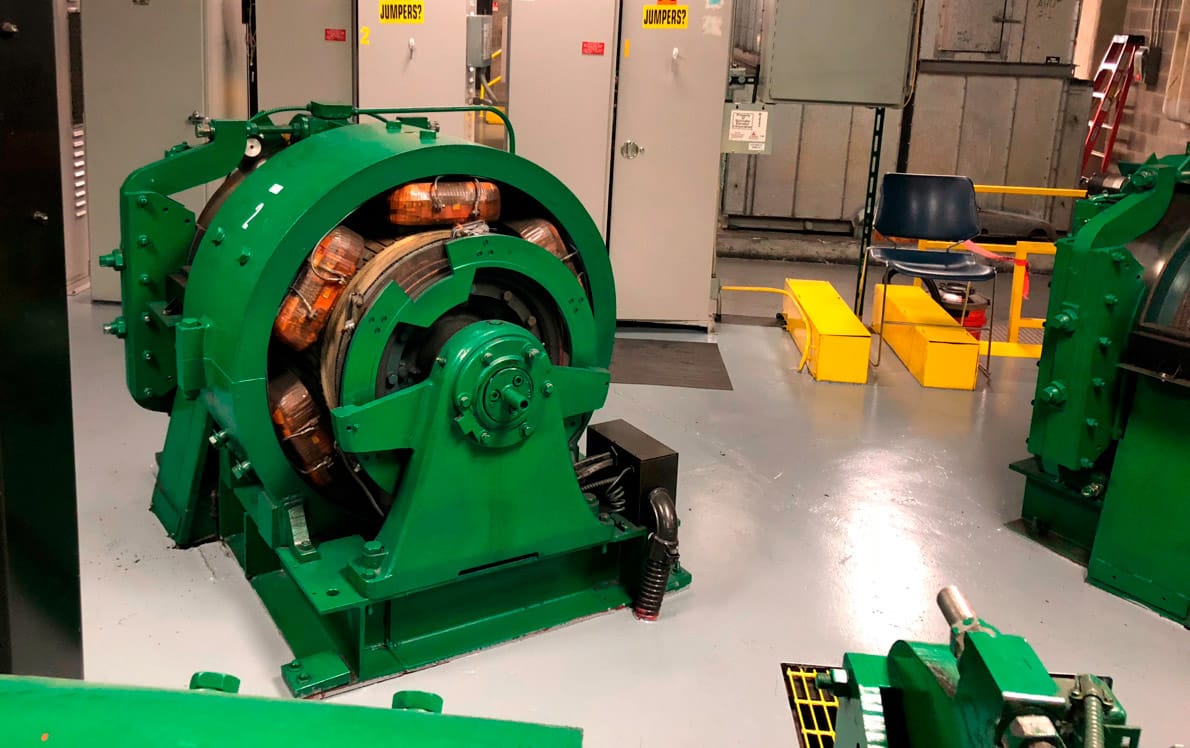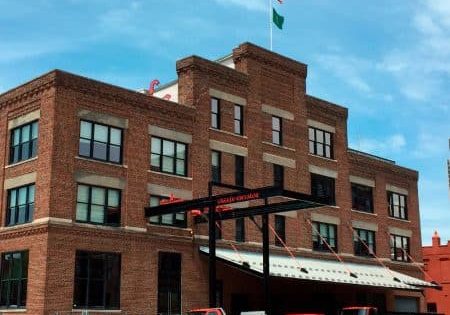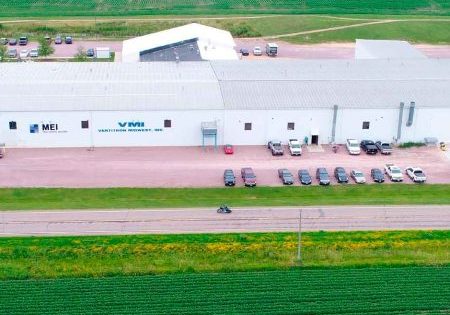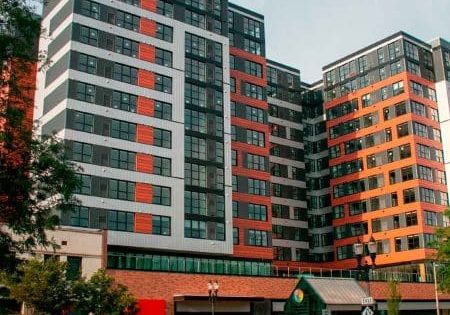Industry Standard for VT Maintenance
Sep 1, 2019

An introduction to the important NEII-1 Part 7, with which every elevator professional should be familiar
Editor’s Note: This article kicks off a regular column from experienced consultants who will discuss many issues our readers may encounter in their vertical-transportation (VT) careers. We encourage future submissions from other consultants to be sent to [email protected].
In the course of their work, consultants are engaged by owners to look at equipment. They find it is easy to make claims of a lack of maintenance. However, maintenance companies often complain that consultants’ ideals of a job with good maintenance versus one lacking in maintenance are sometimes vastly different. Citing industry standards as a measurement of maintenance is appropriate and can be used as an objective measure of the qualities of the jobsite. Where are they written? Where are the days of old, when we actually practiced “good” maintenance?
There are maintenance specifications written by many consultants, but there is also NEII-1 Part 7 (www.neii.org/neii1disclaimer.cfm). Written by the National Elevator Industry, Inc. (NEII) and published in its Building Transportation Standards and Guidelines, it is, by definition, the industry standard for reference. The specifications are written by the major- company NEII members, after all, and, therefore, presumably practiced when they contract for maintenance with a building.
Maintenance Guidelines
NEII-1 describes the expectations of elevator and escalator/moving walk maintenance. The first sentence of the introduction says, “A clean job facilitates maintenance.” It later explains that “clean” can be subjective. Certainly, we can all agree there is no need to wax the driving machines; however, seeing cigarette butts, carbon dust, dirt, oily rags and garbage on the machine room floor is not clean by any standard. Machine rooms should be painted, swept, neat and free from clutter to ensure dirt and debris do not cause equipment deterioration and misoperation. How many machine rooms have you seen that met the industry standard?
The industry standard also includes such items as mainline disconnects being clearly marked with the elevator number; properly maintained grounding and electrical bonds on flexible or sound-isolated mountings; operational emergency car lighting and signaling systems; maintenance control program records available onsite where required (such as records for replacements and alterations); and monthly checks of Firefighters’ Emergency Operation, oil logs, and special or unique maintenance, testing, adjusting and repair procedures. How many onsite records have you seen that met the industry standard?
Section 6 describes cleanliness of the top of the car as being free of debris, lint and lubricants. Minimums of vacuum-clean surfaces that are free from lubricants are set. Pits should be dry and free from rubbish or lubricants, and pit equipment should be cleaned and painted; if damaged, it should be replaced. For hoistway components, surfaces should be free of dirt, lint and excess oil; rails should be free from oil, except for the presence of a specified oil that will not affect the actuation of the car safety. The list of hoistway components requiring cleaning includes the headers, counterweight, sills and bottom and sides of the car. The maintenance guidelines also warn owners and consultants that a dirty machine room is usually an indication of poor maintenance. The floor should be “broom clean.” Selectors and controllers should be cleaned to remove any accumulation of dirt or lubricants. Machines, electric motors, exciters and motor- generators should be clear of accumulated oil leakage, dirt and carbon dust.
Citing industry standards as a measurement of maintenance is appropriate and can be used as an objective measure of the qualities of the jobsite.
The industry standard also specifies cleaning foreign matter out of the motor and generator windings, because not cleaning it out will damage insulation, reduce airflow and result in burnout, shorts or grounds. This is the degradation that maintenance must protect the equipment against — not just for asset protection, but also to reduce hazards of misoperation to which users can be subjected. Oil and carbon dust allowed to accumulate in commutator slots will inhibit proper commutation and may result in bar-to-bar shorts and misleveling. Stored items should be neat and organized. Oily rags should be removed from rooms and spaces to prevent smoke and fire. Lubrication containers should be clean, not leaking and closed. Part 7 has a lot of detail written by NEII member companies; it should, therefore, be what these companies tell their maintenance mechanics and helpers to do. How many installations have you seen that meet this industry standard?
Section 7 provides a standard for elevator lubrication. Section 8 provides a standard for door operation: the doors should open and close smoothly, quietly and without slamming. The industry standard for doors also includes the instruction that rattles and squeaks in the door operator linkage and hangers should be investigated and corrected. Door gibs on both car and hall doors should be securely fastened; door rollers and tracks should be clean, rust-free and lubricated as specified by the manufacturer; and the door operator should be reasonably clean. It is clear and obvious that time, effort and consideration were spent in writing
this industry standard to ensure maintenance was properly explained by the companies who perform this work.
The NEII-1 Part 7 “Maintenance Guidelines” document has 13 sections; this article has addressed several but not all. It should encourage readers to go to the NEII-1 website and download the document for reference and comparison to the job being performed. Also, download the “Maintenance Performance Evaluation Form and Checklists” that follow Part 7.
Conclusion
The evaluation of the quality of maintenance and cleanliness is not just at the whims and wishes of consultants. It can be evaluated against this industry standard written by the major companies paid to provide maintenance and manage the personnel who perform the work. When findings of consultants and owners are discounted as not being a contractual requirement to maintain the units to an industry standard, the industry is tarnished, and the owners are paying for mediocre work. Companies must recognize they need to supervise more thoroughly, schedule adequate time as the ASME A17.1/CSA B44 code also requires, and measure the results and adjust accordingly. Emphasis must be on maintenance, not ignoring maintenance and invoicing for component failures caused by the lack of maintenance.
Get more of Elevator World. Sign up for our free e-newsletter.









